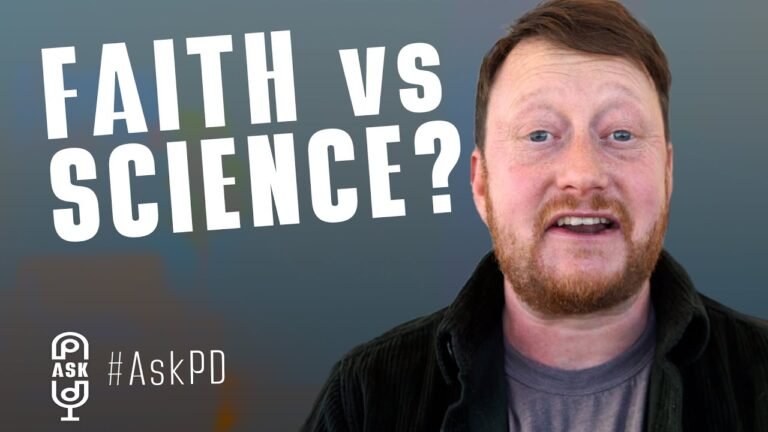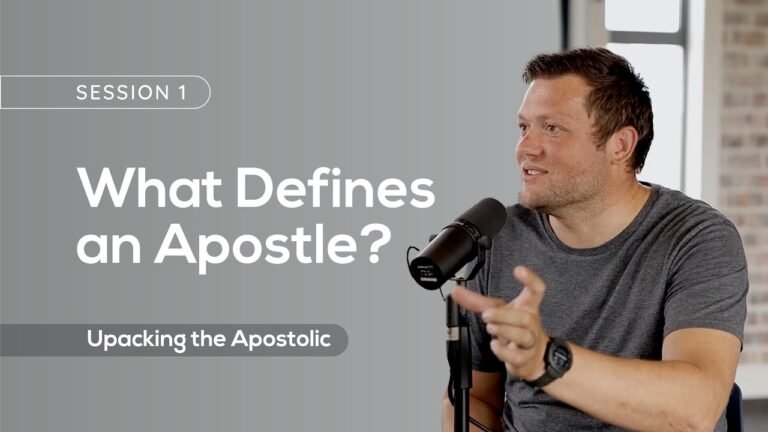The Vision of Teilhard: Uniting Science and Spirituality
In the realm of philosophy and theology, few figures spark as much intrigue as Pierre Teilhard de Chardin. A French Jesuit, paleontologist, and philosopher, Teilhard’s visionary ideas bridge the gap between science and spirituality, proposing that evolution is not merely a biological process but a divine unfolding of consciousness. His unique perspective invites us to reconsider our place in the universe, urging a synthesis of faith and knowledge that resonates with contemporary discussions on the future of humanity. As we delve into Teilhard’s thought, we uncover a transformative vision that challenges us to embrace a more interconnected and purposeful existence.
What are Teilhard’s key ideas on evolution?
Teilhard de Chardin emphasized evolution as a spiritual process, integrating science and faith, culminating in a collective consciousness and the concept of the Omega Point.
What was Teilhard’s theory?
Teilhard de Chardin proposed a revolutionary theory that intertwined evolution and spirituality, suggesting that humanity is on a path towards greater complexity and consciousness. He believed that evolution is not merely a biological process but also a spiritual journey, leading to the emergence of a collective consciousness that transcends individual existence. This idea culminates in what he termed the “Omega Point,” an ultimate state of unity and fulfillment where all beings converge.
At the heart of Teilhard’s theory is the concept of the noosphere, a layer of collective human thought that envelops the Earth. He envisioned this as an evolutionary stage that connects all minds, fostering collaboration and shared ideals. This interconnectedness reflects the idea that as individuals evolve, they contribute to a greater whole, enhancing the spiritual dimension of humanity. Through this lens, human progress is seen as a vital element in the unfolding of the universe’s purpose.
Teilhard’s ideas challenge conventional views of evolution by integrating science with a sense of spiritual destiny. He encourages us to recognize our role in the cosmic narrative and to embrace the potential for growth and unity. By envisioning a future where science and spirituality coexist harmoniously, Teilhard inspires us to strive for deeper connections with one another and the universe, urging us to be active participants in shaping a more conscious and compassionate world.
What contribution did Jesuit priest Teilhard de Chardin make to the discussion between religion and science?
Father Pierre Teilhard de Chardin, a Jesuit priest and paleontologist, made significant contributions to the dialogue between religion and science by proposing a synthesis of both realms. He introduced the idea that evolution is not just a biological process but also a spiritual journey towards a higher consciousness. His concept of the “Omega Point,” where evolution culminates in a divine unity, encouraged a view of the universe as dynamic and interconnected, resonating with both scientific and spiritual perspectives.
Teilhard’s work challenged the notion of conflict between faith and reason, suggesting that both are essential for understanding the complexities of existence. By framing evolution as a purposeful, teleological process, he provided a framework that harmonizes scientific discovery with spiritual insight. His writings invite deeper contemplation on the nature of humanity’s place in the cosmos, fostering a dialogue that continues to inspire scientists, theologians, and philosophers alike.
Who is the Catholic theologian that was prohibited by the Holy Office from speaking and had his works published only after his death in 1955?
The theologian in question is Hans Urs von Balthasar, a prominent figure in Catholic theology whose profound insights and innovative ideas often placed him at odds with ecclesiastical authority. Despite his significant contributions to the understanding of beauty, truth, and the relationship between God and humanity, von Balthasar faced a ban from the Holy Office, which restricted his public pronouncements and limited the dissemination of his works during his lifetime.
It wasn’t until after his death in 1988 that his writings gained the recognition they deserved, culminating in their posthumous publication in 1955. Von Balthasar’s ideas continue to influence contemporary theology, emphasizing the importance of love and the divine mystery, and his legacy remains a vital part of the dialogue within the Catholic Church.
Bridging the Gap Between Faith and Reason
In a world often polarized by differing beliefs, the quest to bridge the gap between faith and reason has never been more vital. This intersection invites individuals to explore the profound questions of existence while embracing the richness of spiritual insights. By fostering a dialogue that honors both rational inquiry and heartfelt conviction, we can cultivate a deeper understanding of our place in the universe. Engaging with diverse perspectives encourages a holistic approach that enriches our personal journeys and nurtures compassion toward others.
As we navigate the complexities of modern life, integrating faith with rational thought empowers us to tackle ethical dilemmas and societal challenges with clarity and purpose. This synergy not only enhances our decision-making processes but also inspires a sense of community grounded in mutual respect. By recognizing that faith and reason are not opposing forces but rather complementary pathways, we can create a more inclusive dialogue that celebrates the diversity of human experience, ultimately leading to a more harmonious world.
Exploring the Intersection of Knowledge and Belief
In a world rich with information, the interplay between knowledge and belief shapes our understanding of reality. Knowledge, grounded in evidence and experience, offers a framework for navigating our surroundings. However, belief often fills the gaps left by uncertainty, providing comfort and direction in the absence of concrete answers. This dynamic relationship invites us to examine how our convictions influence our acceptance of facts and how, in turn, knowledge can challenge or reinforce those beliefs.
As individuals, we constantly negotiate the balance between what we know and what we believe. The pursuit of knowledge encourages critical thinking and skepticism, urging us to question established norms and assumptions. Yet, belief can serve as a powerful motivator, driving us to seek out information that aligns with our values and perspectives. This interaction can lead to transformative insights, as we learn to reconcile our beliefs with the complexities of the world around us, ultimately enriching our personal and collective experiences.
Navigating this intersection requires openness and introspection. By embracing both knowledge and belief, we can cultivate a deeper understanding of ourselves and others. Engaging in dialogue and exploration allows us to challenge preconceived notions and broaden our horizons. In doing so, we foster a culture of curiosity and respect, creating a space where knowledge and belief coexist harmoniously, guiding us on our journey toward greater wisdom.
A Journey Towards Integrated Understanding
In an increasingly interconnected world, the quest for integrated understanding has never been more vital. As diverse cultures, ideas, and technologies converge, the ability to synthesize knowledge from various domains becomes essential for personal growth and societal progress. This journey invites us to embrace curiosity and foster open-mindedness, allowing us to navigate complexities and discover richer perspectives on our shared human experience.
As we embark on this journey, the importance of collaboration cannot be overstated. Engaging with others who hold different viewpoints not only broadens our horizons but also challenges our assumptions. Through dialogue and exchange, we can weave together disparate threads of thought, creating a tapestry of insight that enhances our understanding. This cooperative approach empowers us to address global challenges more effectively, as collective wisdom often leads to innovative solutions.
Ultimately, the path toward integrated understanding is a continuous process of learning and adaptation. It encourages us to remain vigilant, embracing change and complexity while striving for clarity. By cultivating a mindset that values inclusivity and interdisciplinary connections, we pave the way for a future where knowledge is not merely accumulated but harmoniously transformed into actionable wisdom. This journey is not just about understanding the world around us; it’s about enriching our lives and the lives of others through shared knowledge and empathy.
Embracing Teilhard’s vision invites us to harmonize science and spirituality, fostering a deeper understanding of our place in the universe. His insights challenge us to transcend traditional boundaries, urging a collective evolution towards a more unified and conscious existence. By integrating his principles into our lives, we can inspire meaningful change, igniting a journey that not only enriches our individual experiences but also contributes to the greater good of humanity.







